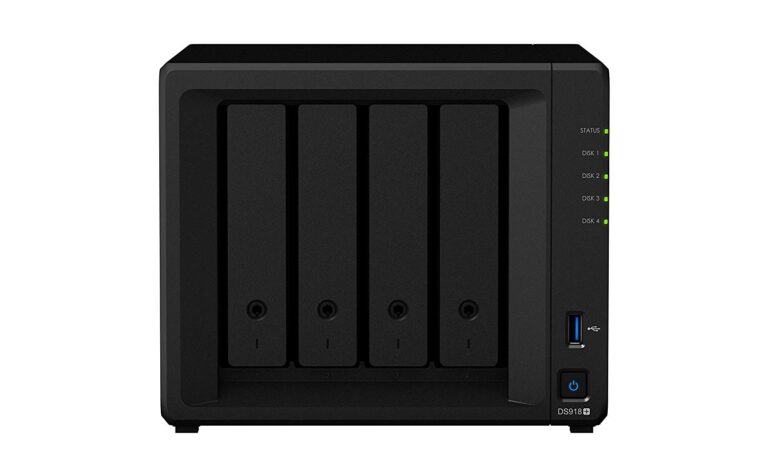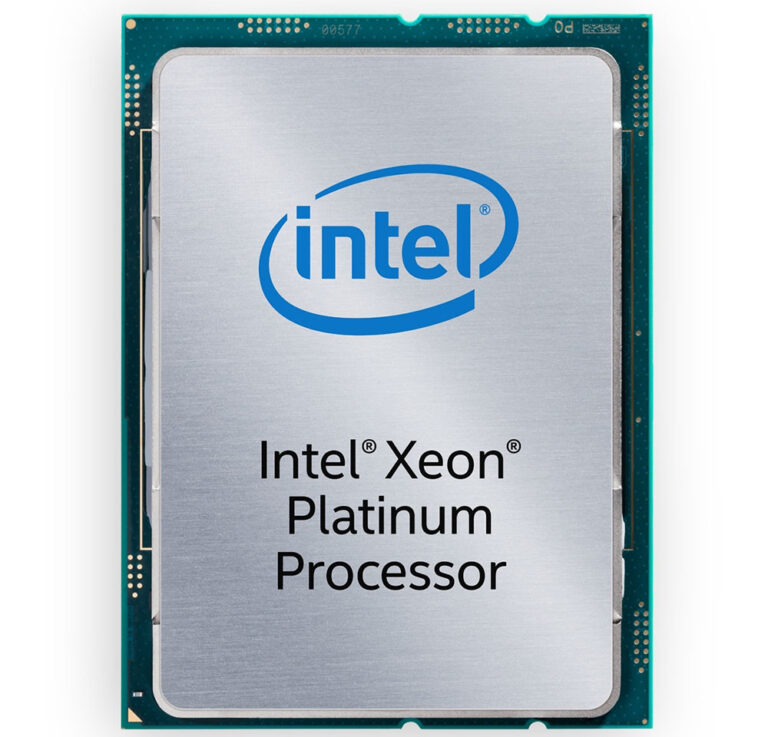Home Network Upgrade
I have recently moved over to Mikrotik Switching for all of my Home environment as part of my home network upgrade. What started life as a move away from gigabit networking had some serious scope creep. As I needed new switches, network adaptors and cabling I evaluated the obvious choice of just upgrading to 10Gb/s. However, when looking at the price comparison to upgrade to 25Gb/s I felt the cost uplift was justified and certainly better future-proofed. This became the baseline for the majority of my server workloads. The Access switch layer has basically stayed gigabit but with 10Gb/s uplinks.
Table of Contents
The decision to go to Mikrotik was predominantly based on the huge performance available for limited costs. So far I have been impressed with the switches once I got over the initial steep learning curve of RouterOS. I have purchased several switches spread out over a few months. This coincided with a property move so some extras were bought to accommodate the new layout In the property, my lab was relocated to a dedicated space and I also wanted wired connectivity into my office.
Switch’s Purchased
| Number | Model | £Price | Function | OS |
|---|---|---|---|---|
| 1 | CRS504_4XQ | 704.40 | Core Switch | RouterOS |
| 1 | CRS305-1G-4S+IN | 131.15 | Breakout Switch | RouterOS |
| 2 | CSS610-8P-2S+IN | 193.46 | House and Office Switch | SwitchOS Lite |
| 1 | CSS610-8G-2S+ | 183.87 | OOB Switch | SwitchOS Lite |
| Total | 1406.34 |
The 100Gb/s Switch is effectively my core switch. It only has 4 physical ports however each of these can be split into 4x25gb/s or slower ports if needed. In the current state all 4 ports are used, however I do have 3 remaining breakouts available if needed.
I have then used the 5-Port 10 Gb/s switch sort of as a media translator for connections to the access switches around the house with 10Gb uplinks to distribute the network around the home and present ethernet ports to my devices.

Mikrotik Switches can typically run one of two operating systems either RouterOS or SwitchOS. (The 3 ethernet port switches will only run SwOS)
SwitchOS is a much simpler setup and is similar to a web-managed switch from other manufacturers. It’s a trivial setup for anyone that’s used a webmanaged switch before.
The config for these switches takes a little bit of time to get familiar with as they are incredibly powerful. It’s possible to run RouterOS or SwitchOS on them however I could never get SwitchOS to boot correctly on the 100GB/s switch so I stuck with RouterOS and perceived through the config. Part 2 will go into my RouterOS setup.
I have a draft post of the steps I have used to get RouterOS configured how I like. I will try and finish that off when I get some more time.





